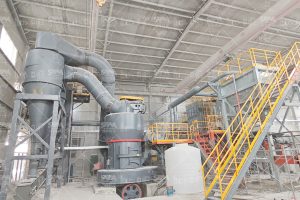
Introduction In the coating production industry, achieving precise particle size distribution and maintaining high product quality are critical factors that directly impact the final product’s performance, appearance, and durability. Hammer mills play a fundamental role in this process, serving as primary size reduction equipment that transforms raw materials into fine powders suitable for coating formulations. […]
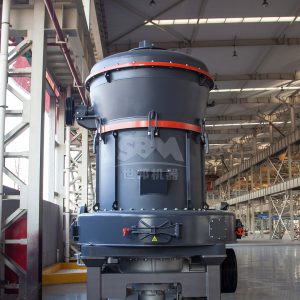
Introduction Investing in industrial grinding equipment requires careful consideration of multiple factors to ensure optimal performance, operational efficiency, and regulatory compliance. While technical specifications and price are important, certifications provide crucial validation of a manufacturer’s commitment to quality, safety, and environmental standards. This comprehensive guide explores the essential certifications to evaluate when purchasing a grinding […]
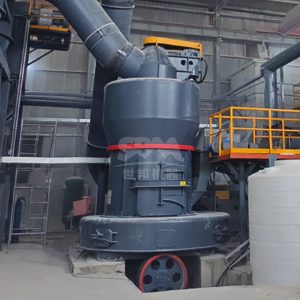
Introduction: The Evolution of Industrial Grinding Industrial grinding processes have undergone significant transformation over the past decades, evolving from basic mechanical crushing to sophisticated automated systems. The integration of automation technologies has revolutionized how materials are processed across various industries, from mining and construction to pharmaceuticals and advanced materials. This article explores how automation systems […]
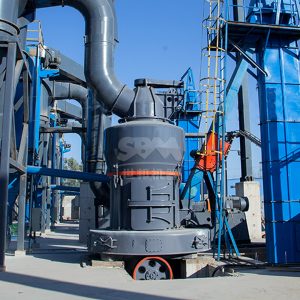
Introduction Proper handling and storage of ground materials are critical aspects of industrial operations that directly impact product quality, operational efficiency, and workplace safety. The characteristics of ground materials—such as particle size distribution, moisture content, and chemical composition—can significantly influence their behavior during transportation and storage. This comprehensive guide outlines best practices for managing these […]
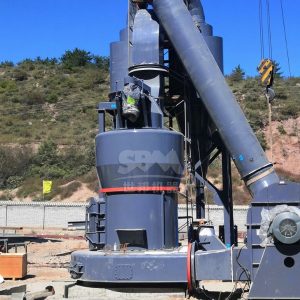
Introduction Vertical milling technology has revolutionized powder processing across numerous industries, offering superior efficiency, precision, and versatility compared to traditional grinding methods. However, achieving optimal performance in specialty applications requires careful consideration of operational parameters and equipment selection. This comprehensive guide explores key adjustments and strategies for maximizing vertical mill performance in demanding applications. Abrasive […]
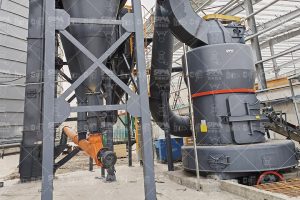
Introduction to Grinding Mills in Recycling Applications The global push for sustainable development has made material recycling a critical component of modern industrial processes. Grinding mills play a pivotal role in recycling operations by reducing various waste materials into fine powders that can be repurposed for new applications. From construction waste and electronic components to […]
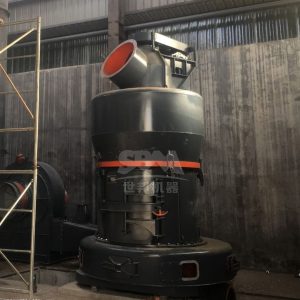
Introduction Particle size distribution (PSD) is a critical parameter in comminution processes that significantly influences the efficiency and performance of ball mill grinding operations. Understanding the relationship between PSD and grinding efficiency is essential for optimizing mineral processing plants, reducing energy consumption, and improving product quality. This comprehensive analysis explores the fundamental principles of particle […]

What Maintenance Practices Can Prolong the Life of a Feldspar Pulverizer? Feldspar pulverizers are critical equipment in mineral processing operations, responsible for reducing raw feldspar materials to desired fineness for various industrial applications. Proper maintenance practices are essential not only for ensuring operational efficiency but also for maximizing the equipment’s service life and minimizing downtime. […]

Introduction In today’s competitive industrial landscape, optimizing grinding operations is no longer optional—it’s essential for maintaining profitability and sustainability. Grinding plants represent significant capital investments and operational expenses, making efficiency improvements a top priority for plant managers and engineers. This comprehensive guide explores proven strategies to maximize your grinding plant’s performance while minimizing operational costs, […]